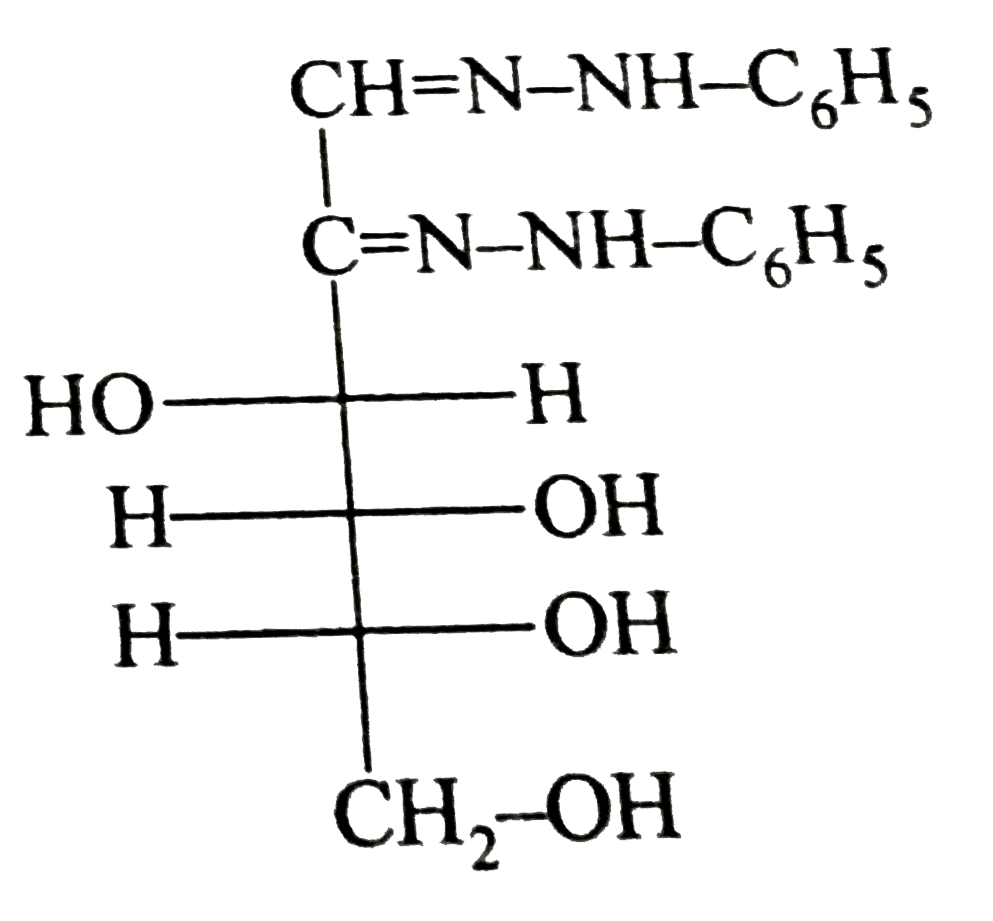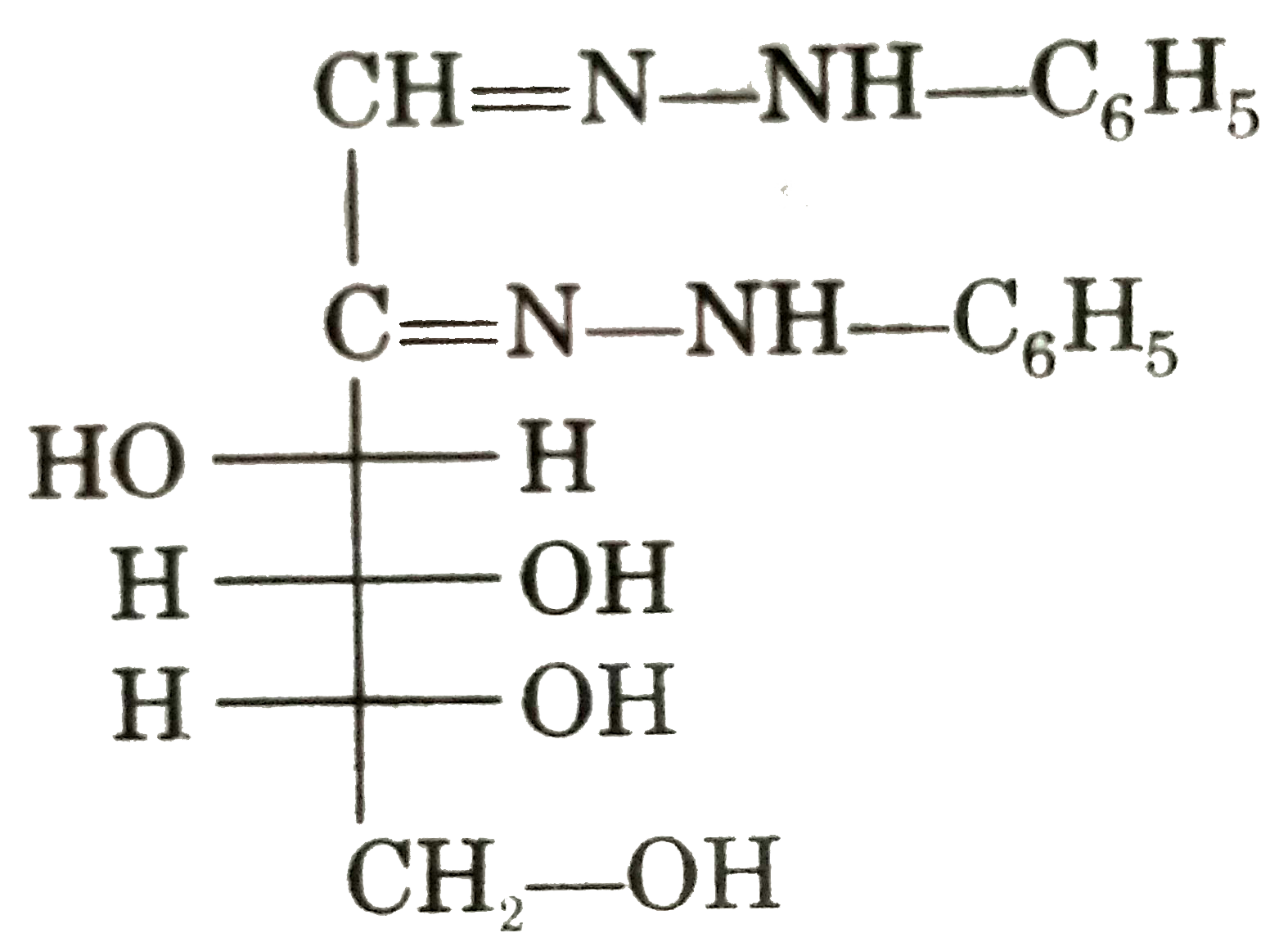Statement-I: per molecule of Glucose consumes two molecule of during formation of osazone.
Statement-II: Structure of Glucose osazone is: 
If both Statement-I & Statement-II are True & the Statement-II is not a correct explanantion of the statement I.
If both statement-I & statement-II are true but statement-II is not a correct explanation of the statement-I
If statement-I is true but the statement-II is false
If statement-I is false but the statement-II is true.
The correct Answer is:D
3 Moles of are consumed.
Topper's Solved these Questions
- BOOK - BANSALCHAPTER - GENERAL ORGANIC CHEMISTRYEXERCISE - Exercise 39videos
GENERAL ORGANIC CHEMISTRY
- BOOK - BANSALCHAPTER - GENERAL ORGANIC CHEMISTRYEXERCISE - Exercise 128videos
GENERAL ORGANIC CHEMISTRY
- BOOK - BANSALCHAPTER - ATOMIC STRUCTUREEXERCISE - Exercise.335videos
ATOMIC STRUCTURE
- BOOK - BANSALCHAPTER - HYDROCARBONSEXERCISE - Exercise 312videos
HYDROCARBONS
Similar Questions
Knowledge Check
- Question 1 - Select One
Each question has choices (a), (b), (c ) and (d) out of which ONLY ONR is correct.
STATEMENT -1 : Per molecule of glucose consumes two molecules of Ph−NH−NH2 during formation of osazone.
STATEMENT - 2 : Structure of glucose osazone is : AStatement -1 is True, Statement-2 is True ,Statement -2 is a correct explanation for Statement -1.BStatement -1 is True, Statement-2 is True ,Statement -2 is a NOT correct explanation for Statement -1.CStatement -1 id True , Statement -2 is False.DStatement -1 is False Statement -2 is True.
AStatement -1 is True, Statement-2 is True ,Statement -2 is a correct explanation for Statement -1.BStatement -1 is True, Statement-2 is True ,Statement -2 is a NOT correct explanation for Statement -1.CStatement -1 id True , Statement -2 is False.DStatement -1 is False Statement -2 is True. - Question 2 - Select One
Reduction of one molecule of nitrogen into 2 molecules of NH3 consumes
A4 molecules of ATPB16 molecules of ATPC56 molecules of ATPD38 molecules of ATP - Question 3 - Select One
Statement I: D−2−Deoxyglucose reacts with 3molPhNHNH2 and form an osazone.
Statement II: D−2−Deoxyglucose has no
(C−OH) group α− to the (C=O) group.AStatement I is true, Statement II is true, Statements II is the correct explanation of Statement I.BStatement I is true, Statement II is true, Statement II is not the correct explanation of Statement I.CStatement I is true, Statement II is false.DStatement I is false, Statement II is true.
How many molecules of ATP are required during the formation of one molecule of glucose
View SolutionGlucose molecule reacts with X number of molecules of phenylhydrazine to yield osazone. The value of X is
View SolutionGlucose molecule reacts with X number of molecules of phenylhydrazine to yield osazone. The value of X is
View SolutionGlucose molecule reacts with X number of molecules of phenylhydrazine to yield osazone. The value of X is
View SolutionGlucose molecule reacts with X number of molecules of phenylhydrazine to yield osazone. The value of X is
View Solution

